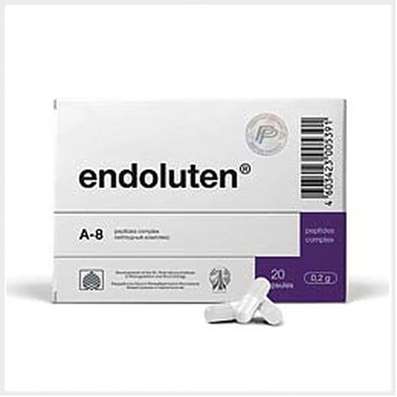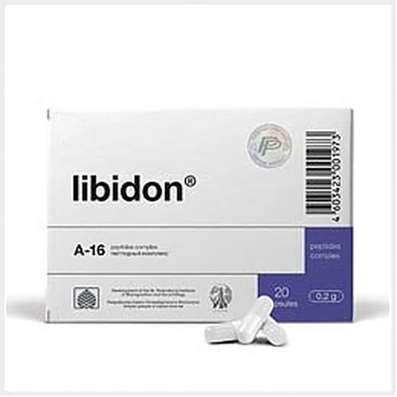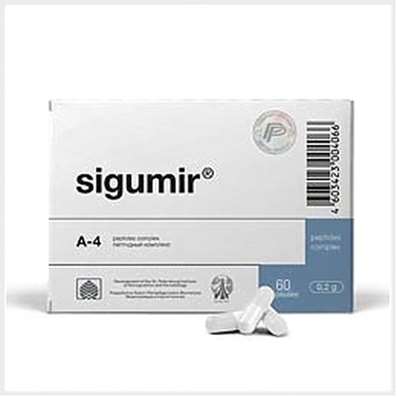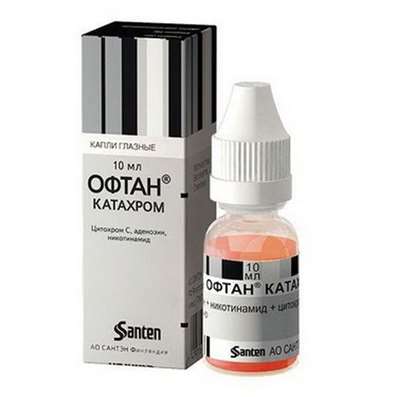Instruction for use: Oxprenolol
I want this, give me price
Trade name of the drug – Trasicor
The Latin name of the substance Oxprenolol
Oxprenololum (genus. Oxprenololi)
Chemical rational name: 1 - [(1-methylethyl) amino] -3- [2- (2-propenyloxy) phenoxy] -2-propanol (and hydrochloride)
Gross formula C15H23NO3
Pharmacotherapeutic group: Beta-blockers
The nosological classification (ICD-10)
G25.0 Essential tremor: shake; Generalized muscle tremors; Essential tremor family; essential tremor; Tremor idiopathic; Tremor idiopathic benign; Tremor hereditary; Essential tremor is benign
I10 Essential (primary) hypertension: hypertension; Arterial hypertension; Arterial hypertension crisis course; Essential Hypertension; Essential hypertension; Essential hypertension; Essential hypertension; Essential hypertension; Primary hypertension; Arterial hypertension, complications of diabetes; The sudden increase in blood pressure; Hypertensive disorders of blood circulation; hypertensive condition; hypertensive crises; arterial Hypertension; malignant Hypertension; Hypertonic disease; hypertensive crises; accelerated hypertension; malignant hypertension; The aggravation of hypertensive disease; Transient hypertension; Isolated systolic hypertension
I15 Secondary hypertension: Arterial hypertension, complications of diabetes; hypertension; The sudden increase in blood pressure; Hypertensive disorders of blood circulation; hypertensive condition; hypertensive crises; hypertension; arterial Hypertension; malignant Hypertension; hypertensive crises; accelerated hypertension; malignant hypertension; The aggravation of hypertensive disease; Transient hypertension; hypertension; Arterial hypertension; Arterial hypertension crisis course; renovascular hypertension; Hypertension symptomatic; Renal hypertension; Renovascular hypertension; renovascular hypertension; Symptomatic hypertension
I20 Angina [angina]: Heberden disease; Angina pectoris; The attack of angina pectoris; recurrent angina; Spontaneous angina; Stable angina pectoris; Angina rest; Angina progressing; Angina mixed; Angina spontaneous; stable angina; Chronic stable angina; Angina Syndrome X
I21 Acute myocardial infarction: Myocardial infarction in the acute phase; Acute Myocardial Infarction; Myocardial infarction with pathologic Q wave and without; Myocardial infarction complicated by cardiogenic shock; Infarction left ventricular; Transmural myocardial infarction; Myocardial infarction netransmuralny (subendocardial); Netransmuralny myocardial infarction; Subendocardial myocardial infarction; The acute phase of myocardial infarction; Acute myocardial infarction;Sub-acute phase of myocardial infarction; Subacute phase of myocardial infarction; Thrombosis of the coronary arteries (the arteries); Threatened myocardial infarction; Myocardial infarction without Q wave
I34.1 prolapse [prolapse] mitral valve: Rupture of papillary muscle; Barlow syndrome; Mitral valve prolapse syndrome; Mitral valve prolapse
I49.1 Premature atrial depolarization: supraventricular arrhythmia; supraventricular arrhythmia; supraventricular arrhythmias; supraventricular arrhythmias; supraventricular arrhythmias; supraventricular beats; atrial premature beats
I49.3 Premature ventricular depolarization: Asynergia left ventricle; ventricular Arrhythmia; Pronounced PVCs; fibrillation; ventricular beat; ventricular beat; Ventricular arrhythmias; ventricular beat; Paroxysmal ventricular arrythmia; Recurrent ventricular arrhythmias; ventricular premature beats; Asynergia ventricular
CAS code 6452-71-7
Pharmacological Properties of Oxprenolol
Pharmachologic effect - antianginal, hypotensive, anti-arrhythmic.
Blocks beta1- and beta2-adrenergic receptors has intrinsic sympathomimetic and membrane stabilizing activity. It reduces the sensitivity of tissues to catecholamines and central sympathetic impulses to the periphery, inhibits renin secretion. It reduces heart rate, the rate of spontaneous excitation of the sinus and ectopic pacemakers, garden and cardiac output. Slightly depressing myocardial contractility, reduces oxygen demand (including during exercise). Beta-adrenoceptor blockade continued for 12 h.
Quickly and adequately absorbed from the gastrointestinal tract (90%). Absorption is accompanied by the effect of "first pass" through the liver, therefore bioavailability is 24-60%. The volume of distribution - 1.1 l / kg. Binding to plasma proteins - about 80%, T1 / 2 - 1-2. H is metabolized in the liver and excreted in the bile (95%), a small part (5%) is excreted in the urine in unchanged form. Easily penetrates the blood-tissue barriers (including GEB, placental), accumulates in tissues. The concentration of the fetal blood is 40%, and in breast milk - 30% of that in maternal blood.
Application of the substance Oxprenolol
Hypertension, secondary prevention of strokes voltage, extrasystolic arrhythmias (supraventricular and ventricular premature beats), hypertrophic cardiomyopathy, mitral valve prolapse, myocardial infarction (in clinically stable condition patient), dystonia with hypertonic over, hyperkinetic cardiac syndrome with anemia, hyperthyroidism and pheochromocytoma , tremor (essential), anxiety (symptomatic treatment).
Contraindications for Oxprenolol
Hypersensitivity, AV block II-III degree, sinus block, sick sinus syndrome, hypotension (Sad below 100 mm Hg. Art.), Bradycardia (less than 50 u. / Min), cardiogenic shock, systolic heart failure III-IV functional class (for NYHA), bronchial asthma, diabetes mellitus, ketoacidosis, pregnancy, breast-feeding.
Restrictions to application
Chronic obstructive pulmonary disease, Prinzmetal angina, a tendency to bradycardia, AV block I degree, peripheral circulatory disorders, Raynaud's disease, liver dysfunction, kidney.
Pregnancy and breast-feeding
Contraindicated during pregnancy. At the time of treatment should stop breastfeeding.
Side effect of Oxprenolol
From the nervous system and sensory organs: headache, dizziness, weakness, fatigue, sleep disturbance, irritability, emotional lability, peripheral neuropathy, paresthesia, depression, confusion, hallucinations.
From the digestive tract: dry mouth, abdominal discomfort, nausea, vomiting, diarrhea or constipation.
From the respiratory system: dyspnea, bronchospastic reactions.
Cardio-vascular system and blood (blood, hemostasis): palpitations, symptomatic bradycardia, heart failure, AV block, hypotension, exacerbation of intermittent claudication, leukopenia, thrombocytopenia.
From the musculoskeletal system: arthralgia, convulsions.
Other: allergic reactions, withdrawal syndrome, hyper- or hypoglycemia, decreased libido, impotence.
Interaction
Calcium antagonists reinforce the blockade of beta-blockers, NSAIDs - weaken. Increases the pressor effect of adrenaline, antiarrhythmic - quinidine and amiodarone (possible excessive bradycardia, decreased AV conduction). Nekaliysberegayuschie diuretics attenuate antiarrhythmic effect. Cardiac glycosides may potentiate bradyarrhythmia and conduction of the heart. Increases in plasma levels of lidocaine. Against the background of prazosin increased risk of orthostatic hypotension, ethanol - orthostatic collapse; reserpine or clonidine (clonidine) - bradycardia and heart failure. Means for intravenous anesthesia increase the negative inotropic, hypotensive and bronchospastic action. m-Anticholinergics eliminate the influence of parasympathetic oxprenolol.
Overdose
Symptoms: dizziness, bradycardia, arrhythmia, hypotension, difficulty in breathing, akrotsianoz, convulsions, in severe cases - collapse.
Treatment: gastric lavage and the appointment of absorbent, atropine, beta-agonists (isoprenaline), sedatives (diazepam, lorazepam) and cardiotonic (dobutamine, dopamine, epinephrine, norepinephrine) drugs; if necessary, glucagon, and others. symptomatic treatment.
Routes of administration
Inside.
Precautions for substance Oxprenolol
After long-term use should be lifted gradually, within 1-2 weeks (transfer to others. Beta-blockers can immediately). Patients with diabetes who receive appropriate treatment, increases the risk of hypoglycemia. May mask the clinical manifestations of hyperthyroidism (tachycardia). When the appointment of a pheochromocytoma is possible only in combination with alpha-blockers. Recommended that the use of alcoholic beverages during treatment. Be wary designate drivers of vehicles and people skills relate to the high concentration of attention.
Special instructions
You can change the parameters in the lab.

 Cart
Cart





